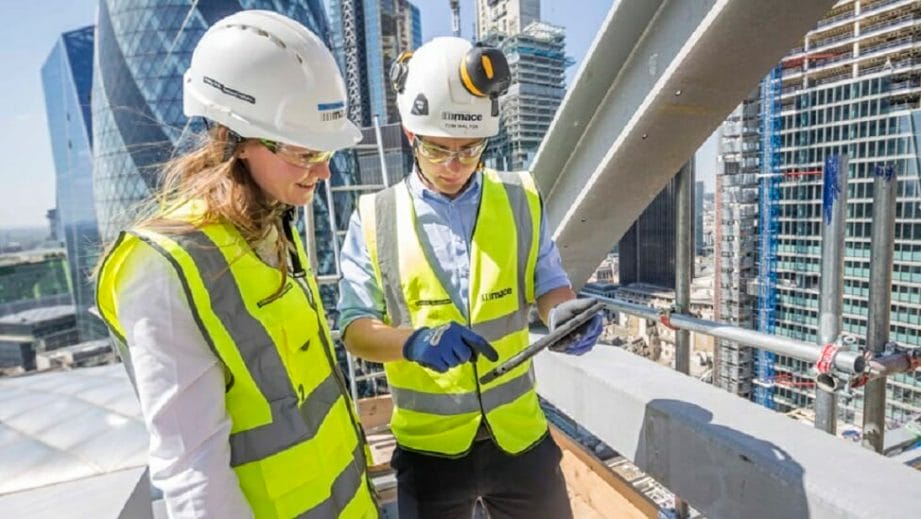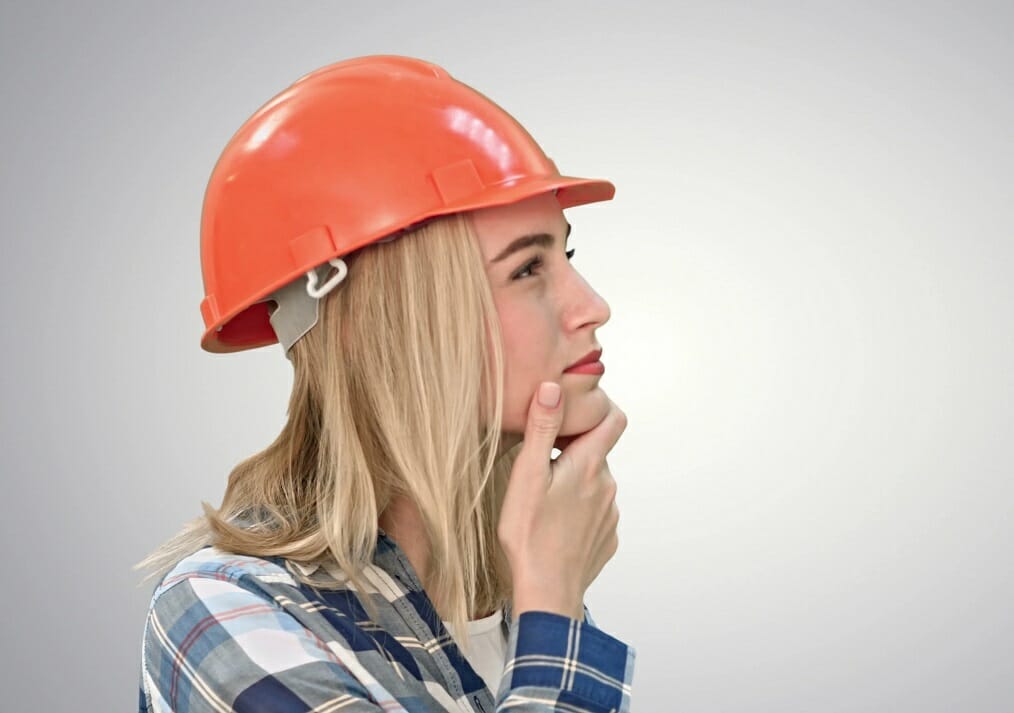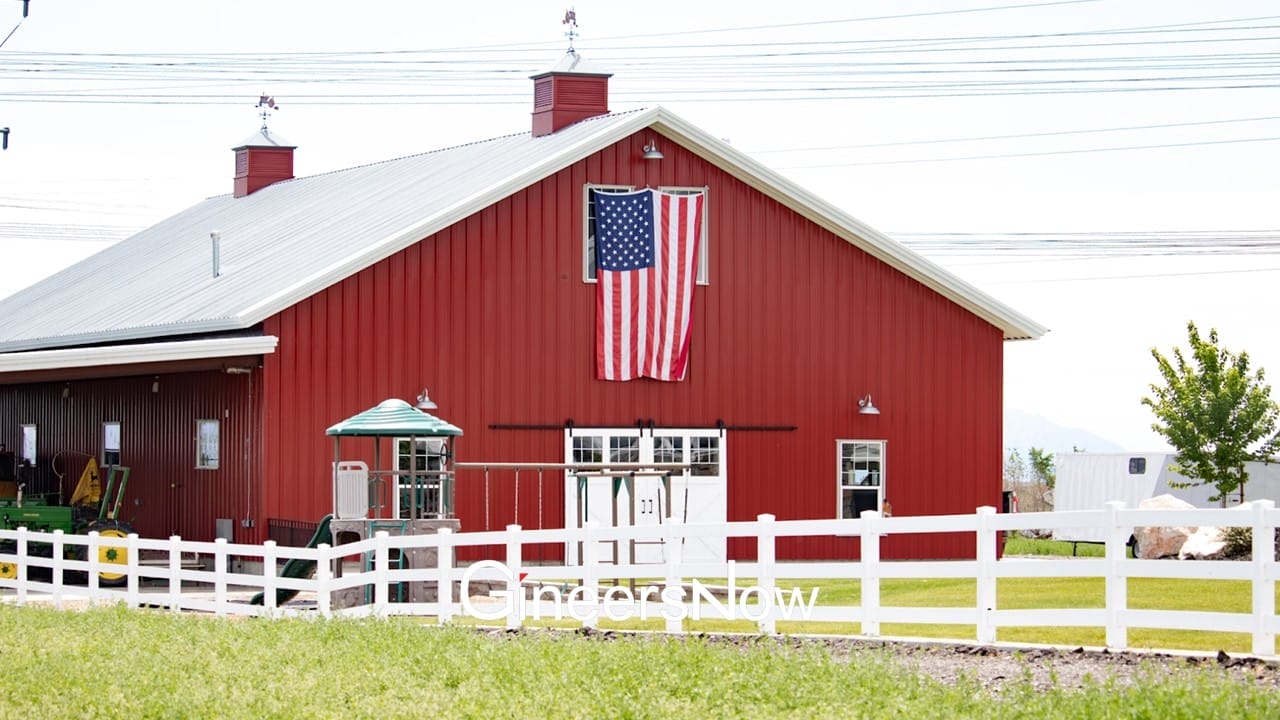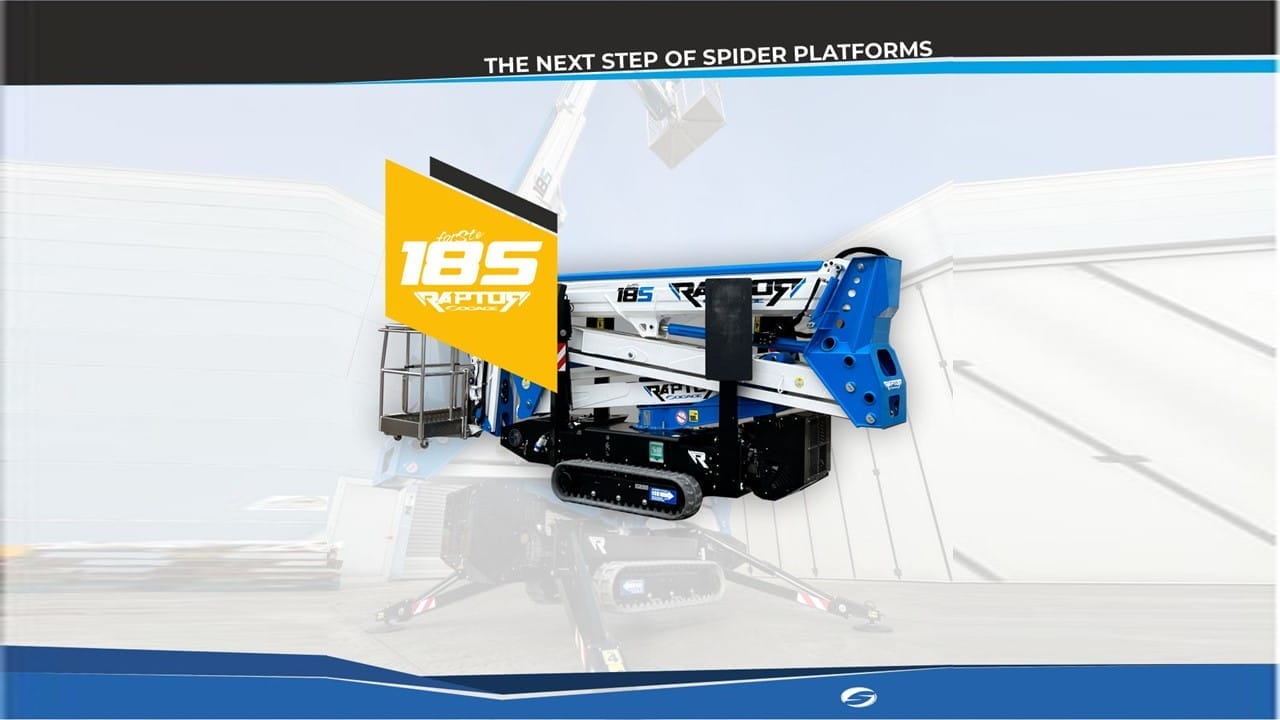Every workplace needs to have health and safety regulations in place, but some industries pose more hazards than others. According to HSE UK on safety equipment, construction sites are high-risk and such workplaces have an increased rate of fatal and minor injuries, as well as an elevated risk of illness due to exposure to chemical substances.
This article will take a look at some of the most common injuries suffered by construction workers and the safety equipment that should be provided to help mitigate risks.
Injuries on construction sites
Falling and being struck by moving machinery are two of the main hazards that are likely to cause a serious or minor injury on a construction site. Working at height poses a bigger risk as falling from a building, scaffold or ladder could result in increased injuries.
Many injuries can be avoided through simple measures such as keeping areas clear and free from trip hazards, making sure employees are aware of potential hazards, and dedicating pedestrian walkways on sites. A risk assessment must be carried out to highlight any hazards and steps taken to mitigate them.

Personal protective equipment
Employers should provide the correct safety equipment to make sure employees can carry out their job with minimal risk. Personal protective equipment should be suitable for the task and could include:
- Eye protection – safety glasses can help prevent dust, chemicals, or other debris from getting into the eyes. They should fit correctly, be comfortable, and shouldn’t obstruct the vision in any way.
- Head protection – a safety helmet or hard hat should be worn by everyone on construction sites, including employers, employees, and visitors. Such protection should fit properly and be in good condition to reduce the risk of a head injury.
- Protective footwear – boots, such as those with steel toe caps and midsoles should be worn to prevent injury from dropped or falling objects and to minimise the risk from standing on sharp or dangerous items.
- Lung protection – respirators or breathing apparatus should be used on sites where workers are at risk of breathing in harmful substances, particularly if working in an environment where asbestos is present.
Maintaining equipment
Machinery and other construction site equipment should be checked and serviced regularly to ensure correct functionality and safety for employees. It’s also imperative that workers are fully trained on using such equipment to prevent injury to themselves or another employee. Some contractors might be unfamiliar with some machinery and equipment so it’s important to take the time to thoroughly train every potential user.
If a piece of equipment is faulty, it’s vital that employees refrain from using it until an expert has repaired or replaced the machine and declared it fit to operate.












